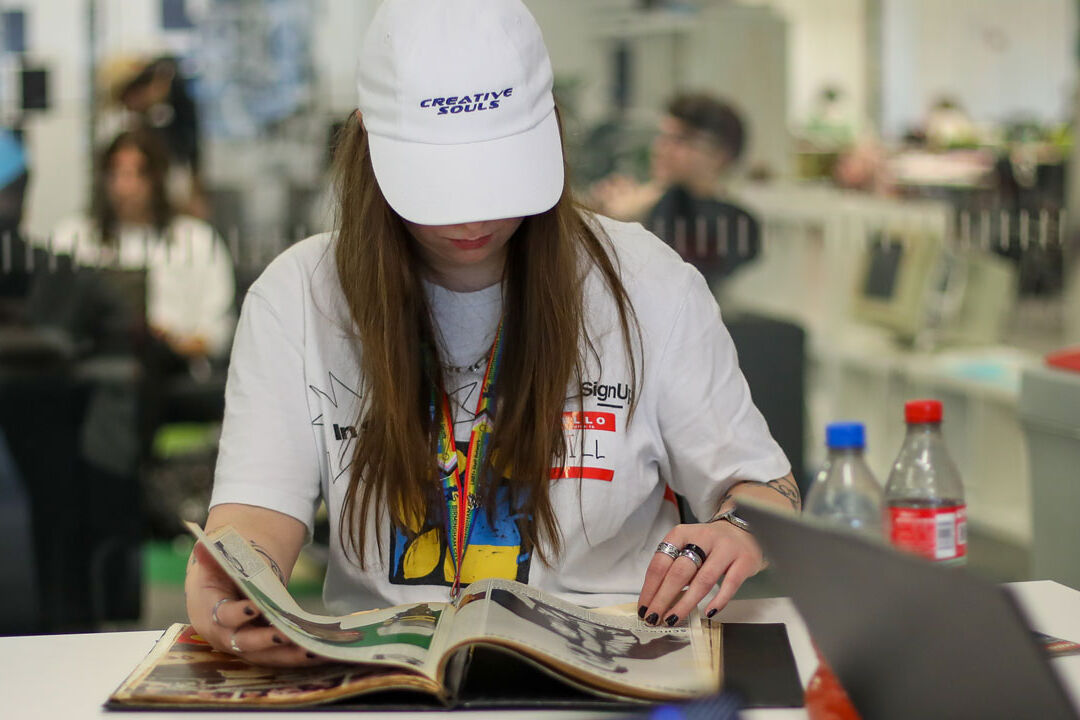
Blog Article

If you're working on a BTEC assignment, research and referencing will help you hit those top grades. Good research means using reliable sources, while proper referencing helps you avoid plagiarism and supports your arguments. These are both academic skills that you’ll need at university. Our guide will help you start to get to grips with it now.
This guide will cover:
- How to research and use sources effectively
- How to Harvard reference your sources correctly
- Top tips for avoiding plagiarism
How to conduct effective academic research
Before you start writing, ensure your research is thorough and based on reliable sources. Follow these key steps:
1. Use reliable sources
Not all sources are suitable for academic work. Stick to:
- Books – Available in your college library or online through Google Books
- Academic journals – Access articles via Google Scholar or databases like JSTOR
- Official websites – Government, university, and recognised organisation websites
- Industry reports – Ideal for business-related BTEC courses
Avoid sources like Wikipedia or personal blogs.
2. Keep track of your sources
As you research, note down key points and save your sources. This makes referencing much easier later.
Using an online Reference generator is one of the easiest ways to do this. Input the details of your source, and it will create the references for you! Just make sure that you’re using the correct type of reference generator (e.g. a Harvard reference generator instead of an APA reference generator) and that it matches your college’s referencing guidelines.
How to Harvard Reference for BTEC Assignments
Getting your head around referencing can take a while. Our handy guide gives you straightforward examples to follow.
Referencing is essential because:
- It ensures you credit authors for their ideas
- It strengthens your work with credible evidence
- It helps you avoid plagiarism
A Harvard reference consists of:
- An in-text citation – a brief reference within your assignment. For example, if you use a quote from a book, you would follow this with an in-text citation.
- A full reference in your bibliography – The bibliography is at the end of your assignment to show all of the work you’ve referred to.
The format changes depending on the type of source you’re citing. ere are a few examples of sources you might need to reference:
Top tips to avoid plagiarism
Plagiarism is when you use someone else’s work without giving them credit. If you are found to have plagiarised someone else's work, you could lose marks or even fail your assignment. To avoid this:
- Always cite sources – Use in-text citations and include full references.
- Use your own words – Summarise ideas instead of copying them.
- Use quotation marks – If copying directly, put the text in “quotation marks” and cite it properly.
- Check your work with plagiarism tools – Free tools like Grammarly or Turnitin help detect accidental plagiarism.
Need More Help?
Mastering referencing now will give you a head-start when you get to university. It can be a lot to get your head around, so don’t be worried about speaking to your teachers or tutors to make sure you’re doing it correctly.
Also, check Birmingham City University’s Harvard Referencing Guide (2024) for more detailed examples of how to reference different types of sources.





